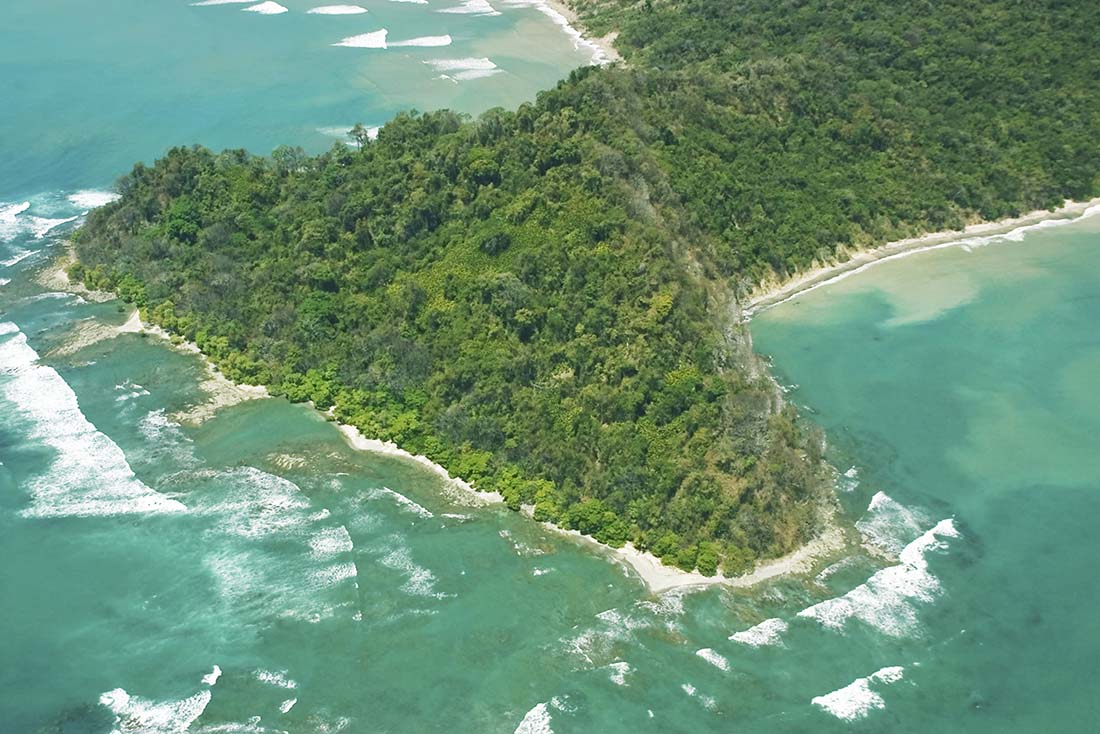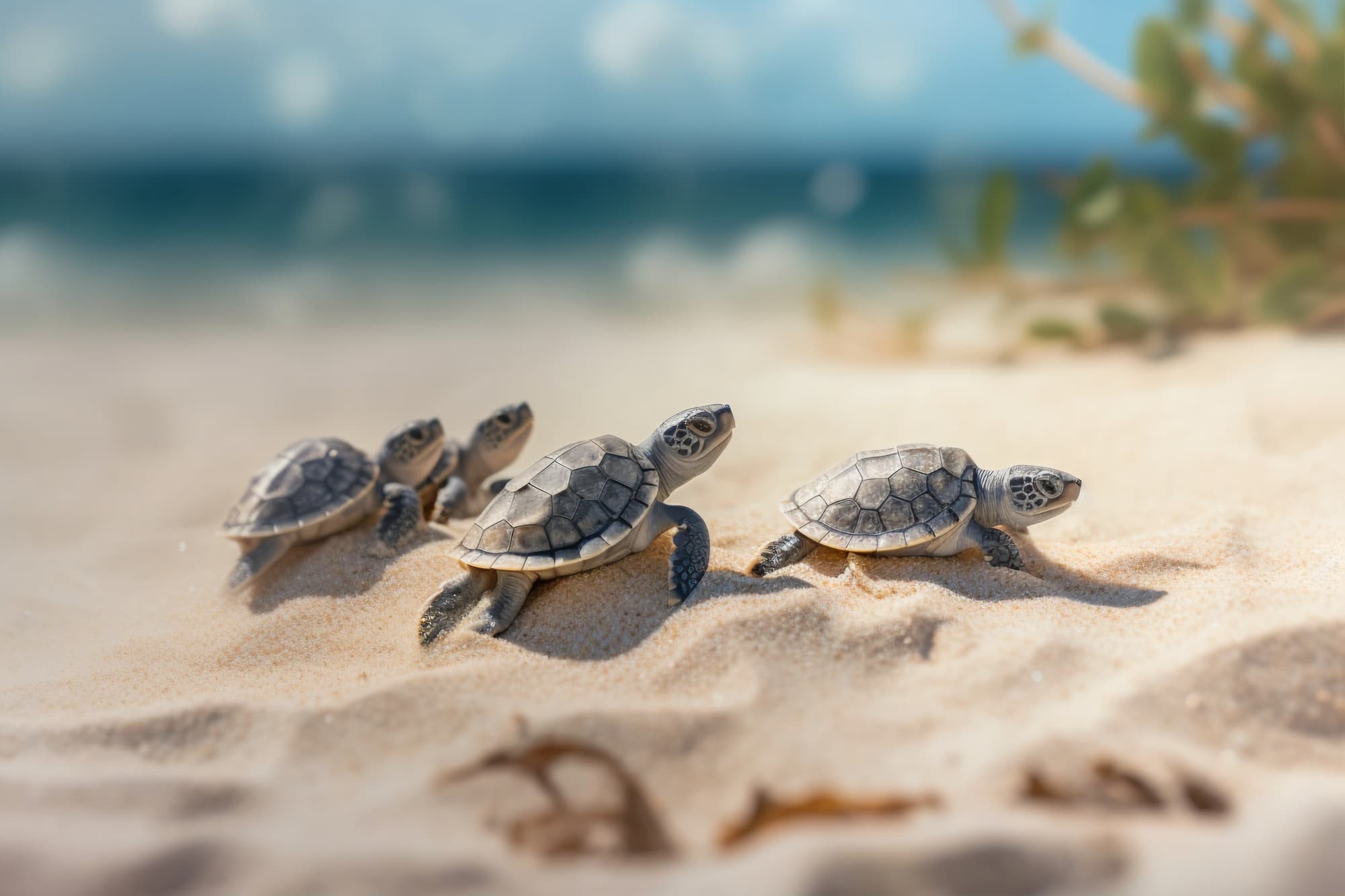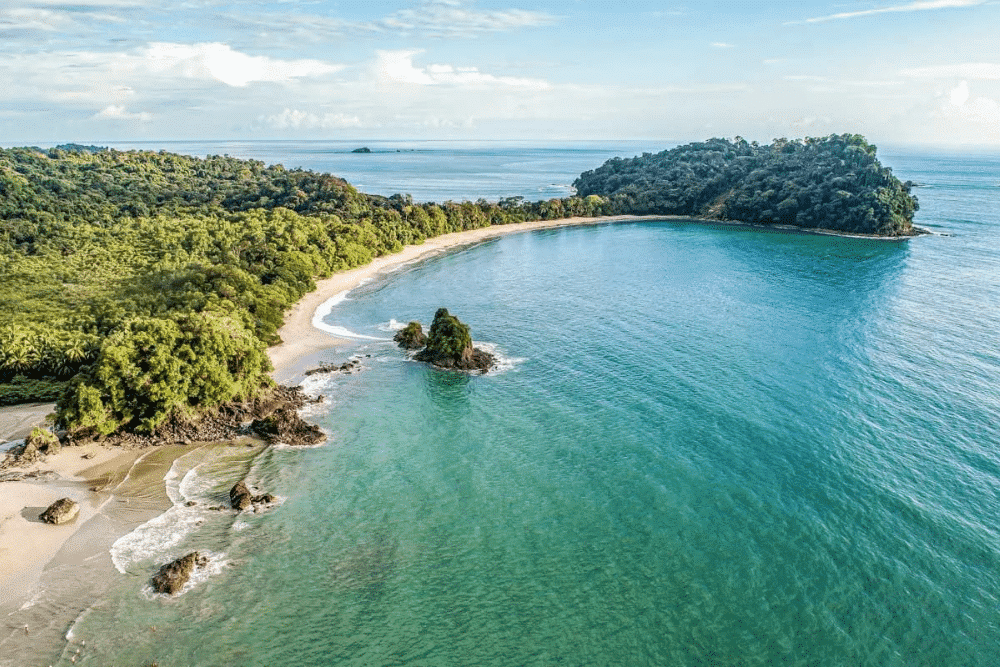[vc_row][vc_column][vc_column_text css=”.vc_custom_1527611931454{margin-bottom: 0px !important;}”]
Costa Rica is a great place for whale watching
The sparkling azure and turquoise waters of Costa Rica’s Pacific coast lure many travelers out on the water and whale watching is a favorite eco-adventure activity. Because whales of the northern and southern hemispheres migrate to their winter birthing grounds in Costa Rica, you are nearly always likely to spot a whale or two, or more!
The most common whale in these waters is the humpback, although several deep-water species—blues, grays, pilot, sei, and beaked whales—are sometimes seen farther offshore.
Humpback whales have broad, round heads; in profile, their heads look long and slender. Large bumps, tubercles, hair follicles, cover their head and jaw. Humpbacks have stocky bodies with a clearly visible hump. Their tail fins can be as long as a third of their bodies and the color patterns and shapes of their fins and tail are unique to each whale, making it easy to identify individuals.
At maturity, humpbacks measure 40 – 50 feet and weigh between 50 – 80,000 pounds. They live at least 50 years. Newborn calves are about 20 feet long and nurse on the mother’s pink, high-fat milk for about six months. After that, calves begin to feed independently while nursing less and less until about a year old.
You’ll become aware that there are whales in the area because of their blow, a heart-shaped spray of water which shoots about 10 feet above the water surface. Pay close attention and you’ll soon see the stubby dorsal fin rise up after the blow. The flukes will be clearly visible as the whale surfaces.
If you see one, there are likely several in the area: After the humpbacks arrive in Costa Rica, they congregate in pods of as many as a dozen whales.
Humpbacks are famous for their songs, which change slightly from year to year. Whales sing one 10 – 20-minute song continuously for hours. North American whales sing a different song from their South American counterparts, but all males within each population sing the same song, despite great distances between groups. Males float head down, almost motionless, while singing. The songs span several octaves, some undetectable by humans.
Northern humpbacks start arriving in December and stay through April. In June, southern humpbacks migrate up from Antarctic waters, arriving in July, and leaving in October. The greatest concentration of humpbacks is in October and November when both populations are present offshore.
Aside from dedicated tours, many sunset cruises and excursions will divert to known whale locations. Just ask your distinctive hotel concierge about spotting whales in Costa Rica; they’ll get you hooked up.[/vc_column_text][/vc_column][/vc_row][vc_row][vc_column][mk_padding_divider][/vc_column][/vc_row][vc_row fullwidth=”true” fullwidth_content=”false” css=”.vc_custom_1520619632050{background-color: #0e2960 !important;}”][vc_column][vc_wp_text][static_block_content id=”1426″][/vc_wp_text][/vc_column][/vc_row]











